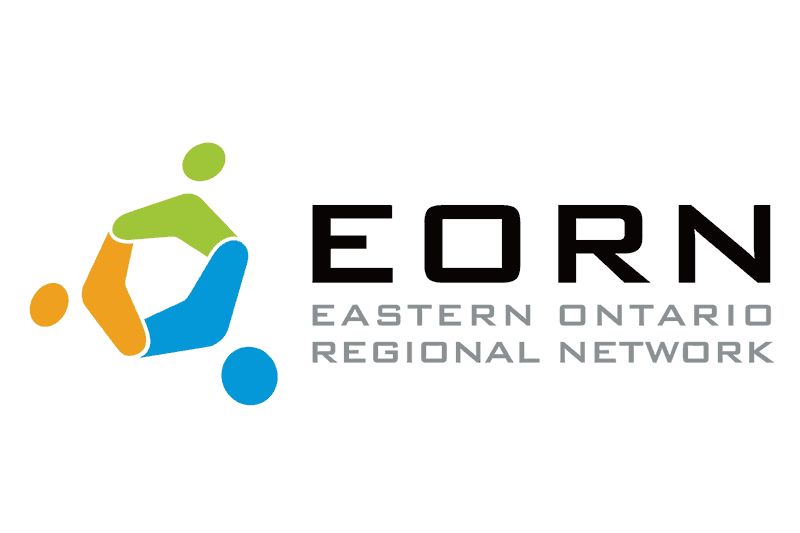Craig Bakay | Mar 24, 2021
The Eastern Ontario Regional Network (EORN) will be partnering with Rogers Communications in EORN’s Cell Gap Project to vastly improve cell phone coverage from Renfrew to Kingston to Peterborough.
In an online meeting announcement, which included Maryam Monsef, federal Minister for Women, Gender Equality and Rural Economic Development, Laurie Scott, Ontario Minister of Infrastructure, Peterborough County Warden Murray Jones, EORN chair, and several others to announce Rogers as the successful bidder to join the partnership which is now valued at more than $300 million, including $71 million from each of the federal and provincial governments, and $10 million from the Eastern Ontario Wardens Caucus and most municipalities within the Eastern Ontario Mayors Caucus.
“The investment Rogers is making in our region has exceeded our expectations and we look forward to working with their team to strengthen cellular networks across the region,” said Jones. “We also appreciate the support of our federal and provincial partners.
“Together we’re building on the investment we’ve already made in broadband infrastructure to deliver value and quality in closing the gap in mobile services.”
The project involves construction of more than 300 new towers as well as upgrades to 300 existing towers over the next four or five years in an area about 50,000 square kilometers. New services are expected to be activated as groups of towers are completed, however, construction plans are still being finalized
“Rogers is thrilled to join this public-private partnership bringing wireless mobile connectivity to the 113 municipalities and indigenous communities of Eastern Ontario,” said Rogers President and CAO Joe Natale. “We are proud to serve the region with vital 5G infrastructure, bringing its residents, businesses, and visitors a safer, more prosperous and connected future.
Among the goals of the project are to provide:
• 99 per cent of the area with voice calling services.
• At least 95 per cent of the area with standard-definition (SD) level services such as video-app calls, basic app usage and SD video streaming.
• At least 85 per cent of the area with service levels that can support streaming high definition video and data-intensive apps.
EORN has conducted four different studies that found:
• 40 per cent of the area does not have access to high-definition services that allow streaming HD video.
• 20 per cent of the area does not have access to standard definition video, typical mobile app use and video app calling.
• 10 per cent has no voice calling service.
EORN estimates predict that this project could create more than 3,000 full-time equivalent jobs and spur $420 million in new business revenue over 10 years, improve safety so people aren’t left stranded with “no signal,” provide greater choice to residents in areas where traditional broadband is not available and ready the region for the next evolution of technology.
More Stories
- Dry Conditions Spark Fires in Fields and Forests
- 143rd Maberly Fair
- Local Seniors Medal at OSGA 55+ Provincial Games
- Seventh Town Serenades Sharbot Lake
- Brass Point Bridge Closure Leaves Commuters Behind
- Wild Art Walk Call For Submissions
- Three Dwelling Limit Coming For Lots in North Frontenac
- Wildfire in the 1000 block of Rutledge Road - Township Says Fire Now "Under Control"
- Verona and Sydenham Ballpayers Win National Championship With Kingston Colts
- Sweet Music and Some hard Truths At Blue Skies MusicFestival

